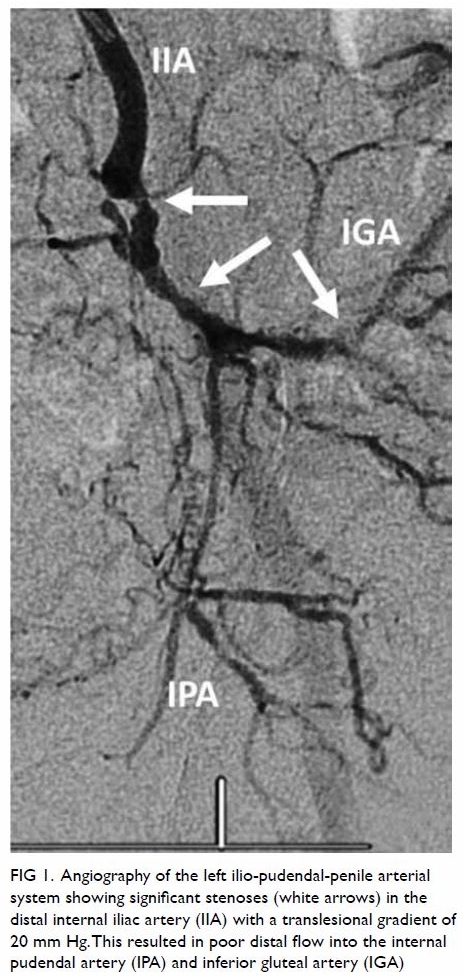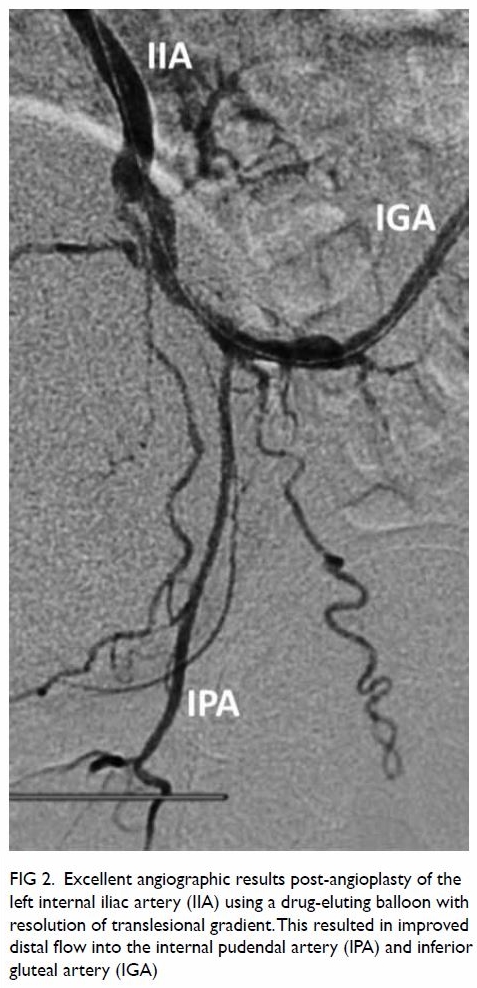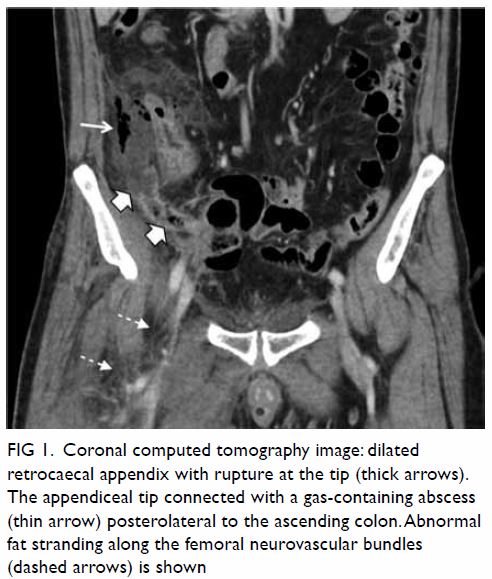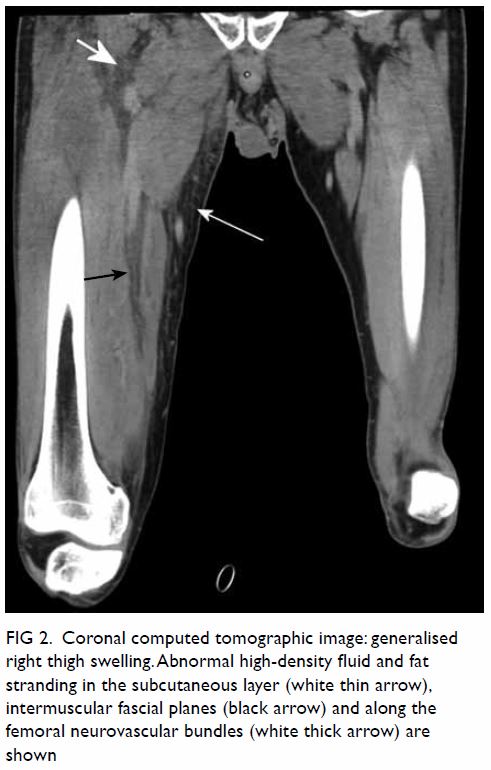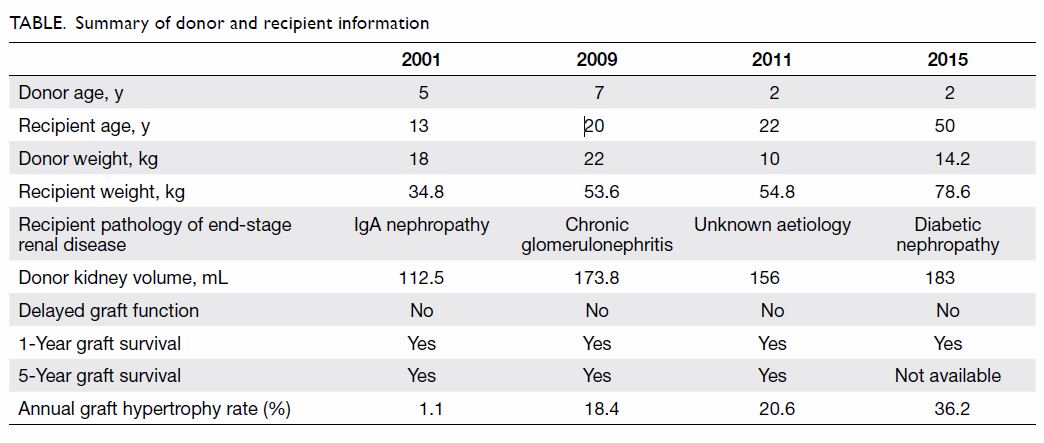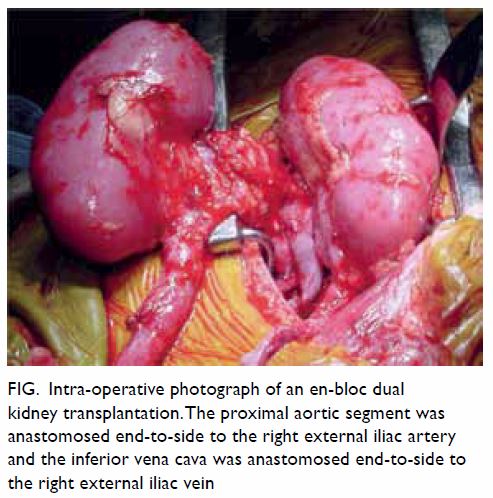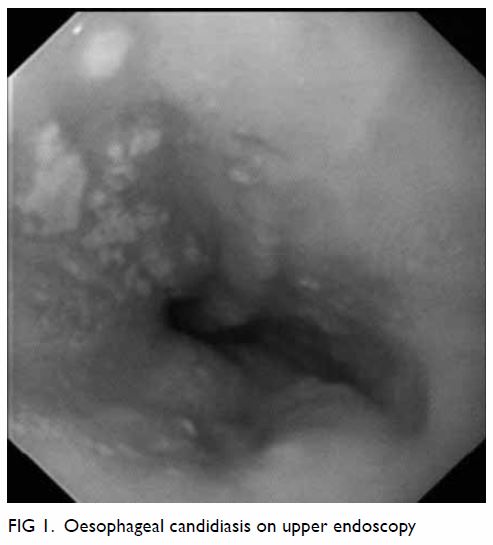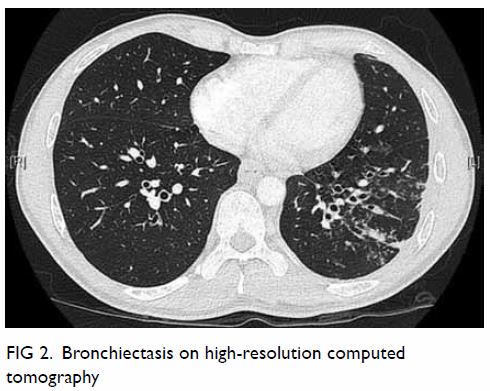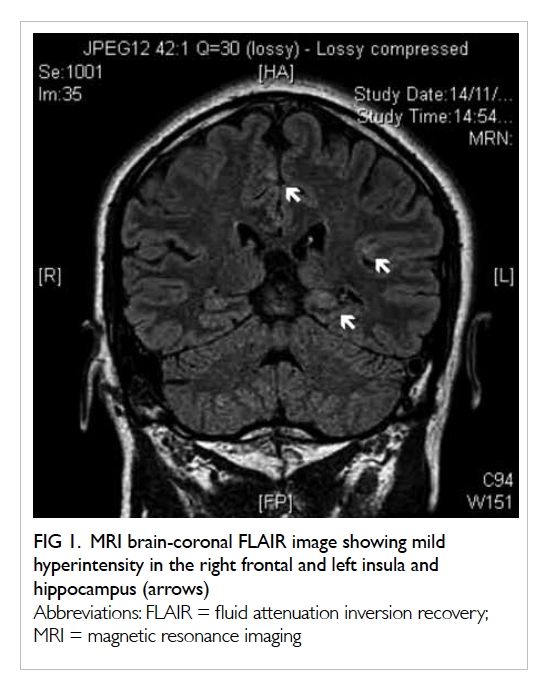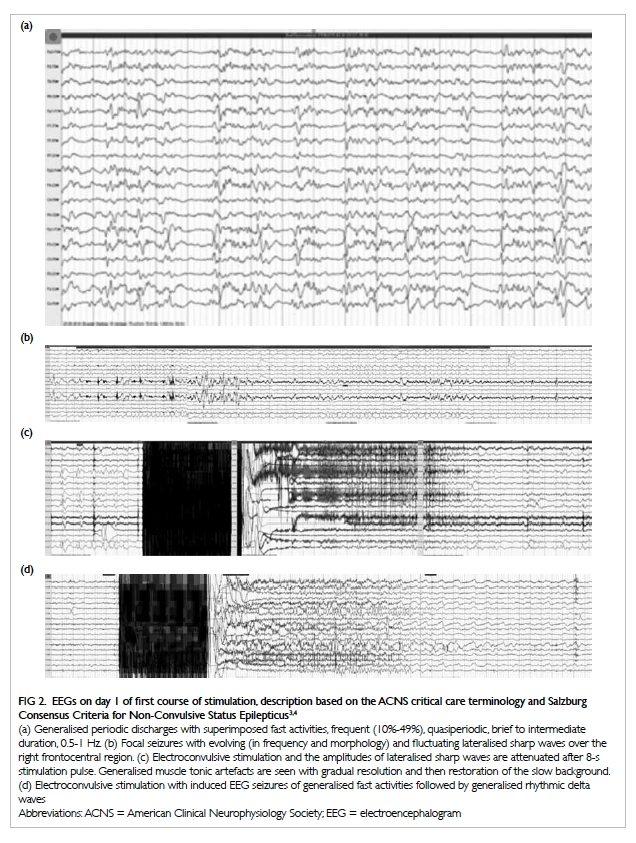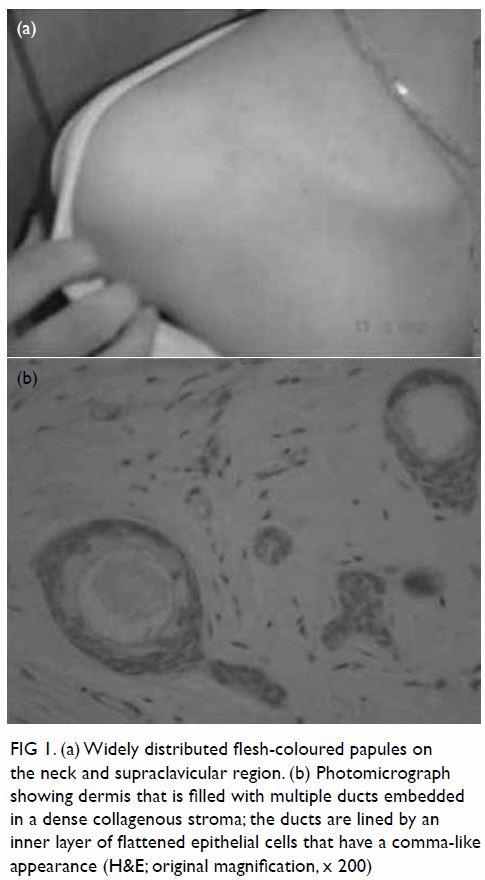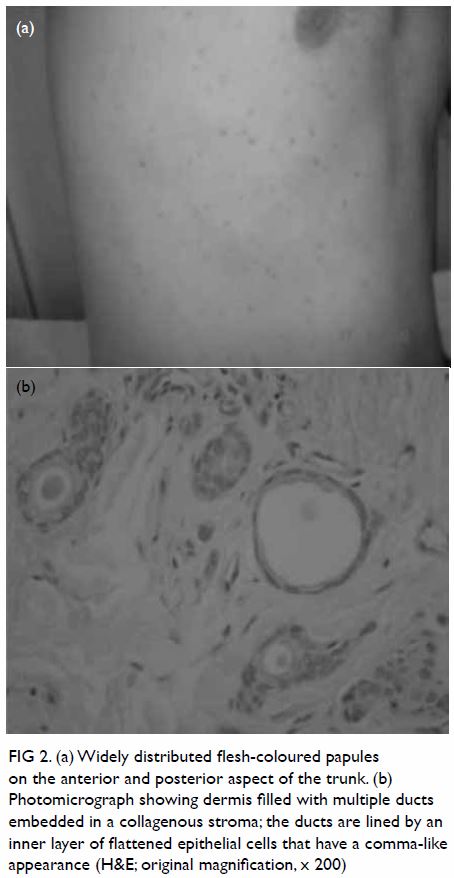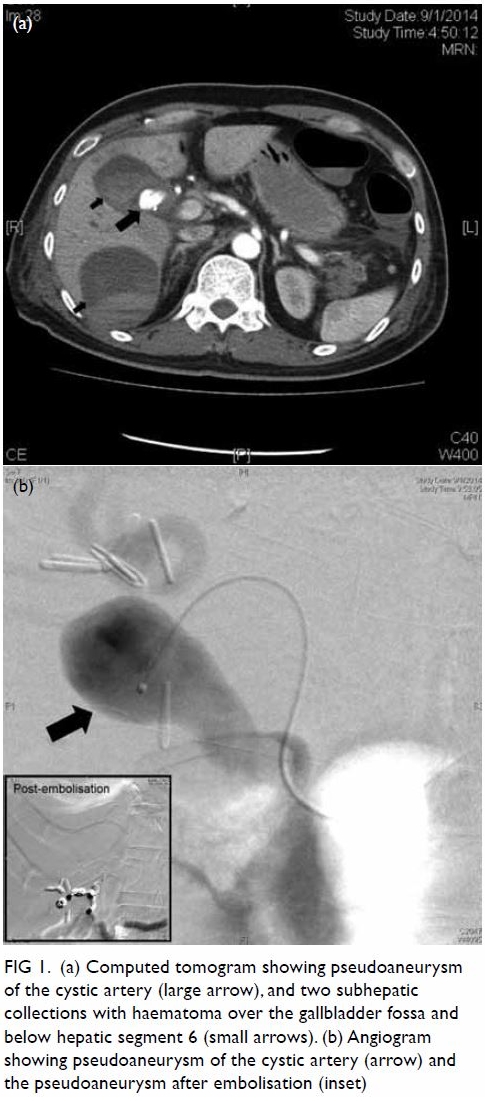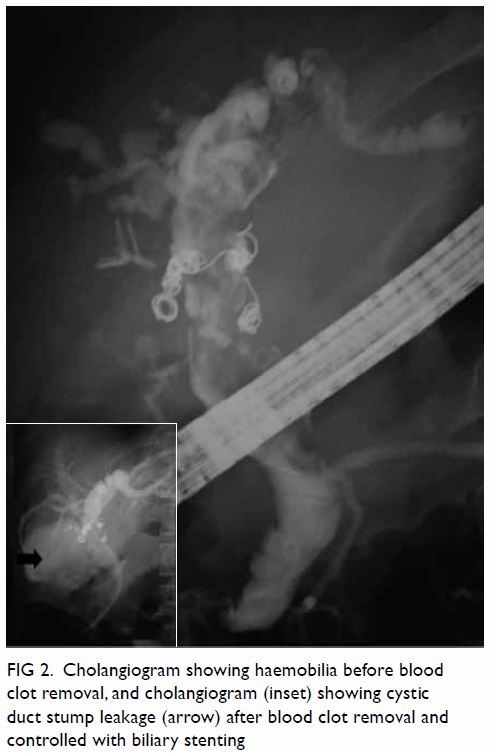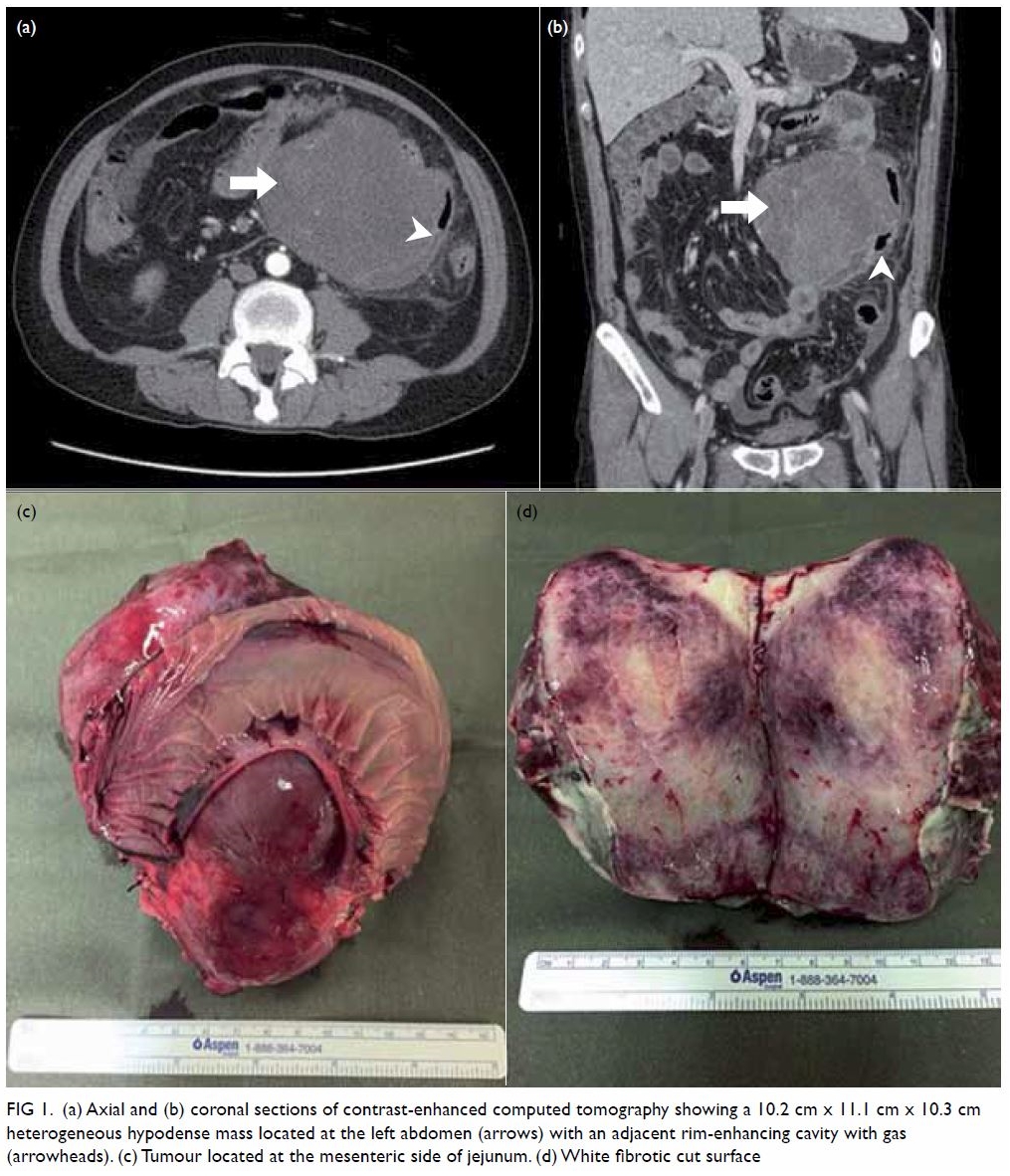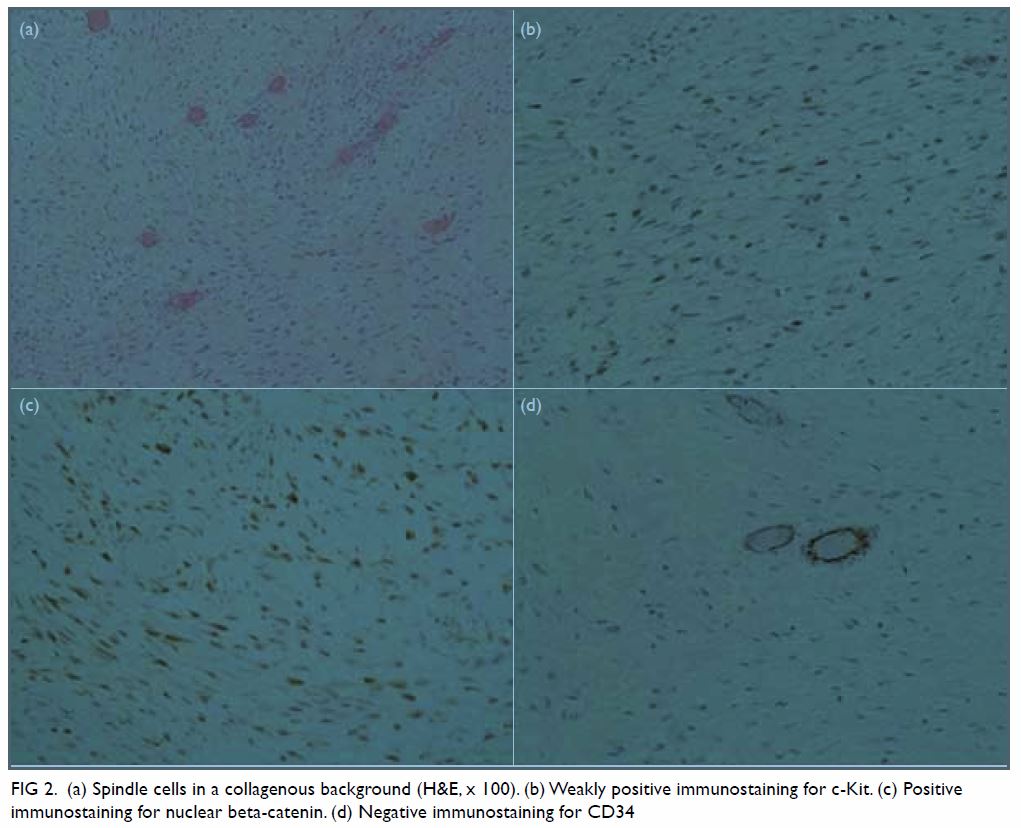Candida glabrata chorioamnionitis and fungaemia complicating pregnancy following intrauterine insemination
DOI: 10.12809/hkmj164800
© Hong Kong Academy of Medicine. CC BY-NC-ND 4.0
CASE REPORT
Candida glabrata chorioamnionitis and fungaemia
complicating pregnancy following intrauterine insemination
Sofie SF Yung, FHKCOG, FHKAM (Obstetrics and
Gynaecology)1; Maggie MC Cheng, FHKCOG, FHKAM (Obstetrics and
Gynaecology)2; Paulin WS Ma, FHKCOG, FHKAM (Obstetrics and
Gynaecology)2; PC Ho, MD, FHKAM (Obstetrics and Gynaecology)1
1 Department of Obstetrics and
Gynaecology, The University of Hong Kong, Pokfulam, Hong Kong
2 Department of Obstetrics and
Gynaecology, Queen Mary Hospital, Pokfulam, Hong Kong
Corresponding author: Dr Sofie SF Yung (ssfyung@hku.hk)
Introduction
Intrauterine insemination (IUI) is a fertility
treatment that involves injection of a processed semen sample into the
uterus via a transvaginal catheter after the cervix has been swabbed
clean. Sterile instruments are used to reduce the risk of infection.
Historically, Candida glabrata has been
considered a relatively non-pathogenic saprophyte of the normal flora of
healthy individuals, rarely causing serious infections in humans. Contrary
to the more common vaginal coloniser Candida albicans, C
glabrata is unable to penetrate intact fetal membranes in vitro.1 This explains the rarity of C glabrata
chorioamnionitis although it is a common vaginal coloniser found in up to
8% of pregnant women.1
The present study describes a rare case of C
glabrata chorioamnionitis and fungaemia in a pregnancy following
IUI.
Case presentation
A 32-year-old healthy primigravida with a
trichorionic-triamniotic triplet pregnancy conceived by IUI presented in
December 2011 to Queen Mary Hospital, Hong Kong at 16 weeks’ gestation
with leaking of liquor. Physical examination and ultrasonography confirmed
rupture of membranes of one of the triplets. The patient was initially
treated with oral erythromycin but 2 days later she developed a fever of
39℃. Empirical intravenous broad-spectrum antibiotics were given for
presumptive bacterial chorioamnionitis. In view of the poor prognosis at
such an early gestation and the risk of maternal sepsis, medical abortion
with misoprostol was considered appropriate. Complete abortion was
achieved and the patient’s fever subsided the next day.
Two days after abortion, blood culture and vaginal
swab test results revealed the presence of C glabrata. Intravenous
anidulafungin 200 mg stat, then 100 mg every 24 hours was prescribed. The
patient remained well and was discharged from the hospital after 2 weeks
of antifungal treatment. Results from a second blood culture taken 3 days
after abortion were negative.
In view of the rarity of fungaemia in
immunocompetent hosts, testing for human immunodeficiency virus
antibodies, lymphocyte subset and dihydrorhodamine reduction test was
performed. All results were normal. Histological examination of the three
placentae showed polymorph infiltration and presence of fungal spores,
confirming acute fungal chorioamnionitis.
Discussion
To the best of our knowledge, this is the first
report of C glabrata chorioamnionitis and fungaemia in a pregnancy
following IUI. A search of the literature revealed 18 articles reporting
22 cases of C glabrata chorioamnionitis (online supplementary
Appendix 1). Fifteen of the reported cases were associated with in-vitro
fertilisation (IVF) and four with a foreign body (intrauterine
contraceptive device or cervical cerclage). The growing number of reports
may be partly due to improved diagnostic methods, but the increasing use
of assisted reproductive technologies also appears to be an important
factor. Contamination of the embryo by infected semen or the mother’s
cervicovaginal Candida during transvaginal oocyte harvest, or direct
inoculation of C glabrata into the uterus during embryo transfer
are possible aetiological mechanisms.2
The only two reported cases of the rare Candida lusitaniae
chorioamnionitis in the literature were also associated with IVF (online
supplementary Appendix 2), further supporting the hypothesis.
Most of the reported cases were associated with
preterm labour or preterm premature rupture of membranes (PPROM);
therefore, it is also possible that intrauterine C glabrata
infection was a result of ascending infection after PPROM and preterm
labour, since assisted reproductive technologies are associated with
multiple pregnancy, preterm labour, and PPROM. However, PPROM and preterm
labour occur in about 6% of births and there have been only 23 reported
cases (including the current report) of C glabrata
chorioamnionitis. Sixteen of the 23 reported cases were associated with
IVF and IUI. We conclude that C glabrata chorioamnionitis is more
likely due to inoculation of the fungus into the uterus during IVF and IUI
procedures, rather than a result of preterm labour and PPROM. The present
case supports this hypothesis.
Although maternal outcome was good in the published
cases, this fungal chorioamnionitis was often associated with poor fetal
outcome. Only 30% (7 of 23 cases, including the present case) of the
published affected pregnancies had any neonatal survival as they usually
presented with PPROM or preterm labour in the second or early third
trimester.
There are no guidelines for screening for vaginitis
before assisted reproductive procedures. If asymptomatic C glabrata
or other fungal colonisation is identified, there is no consensus on
whether treatment should be given. One case of a successful IVF pregnancy
following eradication of C glabrata by topical boric acid
treatment had been preceded by an IVF pregnancy that ended in C
glabrata sepsis and fetal loss.3
The authors suggested routine vaginal culture for yeast and treatment of
positive culture results prior to embryo transfer, and commented that such
an inexpensive test adds little to the overall costs and procedures
associated with IVF.3 On the
contrary, some authors suggest that a comprehensive screening programme
may not be justified given the rarity of invasive disease despite
widespread use of IVF and the relatively high rates of C glabrata
carriage among pregnant women.2 The
true incidence of C glabrata chorioamnionitis is unknown because
it is likely to be underdiagnosed due to the difficulty in laboratory
diagnosis.2 Treatment
cost-effectiveness cannot be estimated, but the number needed to treat to
prevent one C glabrata–related adverse outcome is likely to be
large in view of the relatively high carrier rate and the rarity of C
glabrata chorioamnionitis. Further research is needed to evaluate
the cost-effectiveness of such a screen-and-treat programme before it can
be recommended. In addition, there have been reports of emergence of
antifungal resistance. If all asymptomatic carriers are treated prior to
embryo transfer, emergence of drug resistance will become a concern.
Similarly, whether it is worth screening men for any asymptomatic carriage
is uncertain.
Conclusion
The possibility of C glabrata
chorioamnionitis should be considered in pregnant women who develop
chorioamnionitis after conceiving with assisted reproductive techniques.
The reporting of this potentially devastating condition should be
encouraged so as to improve our knowledge about its incidence, risk
factors, pathogenesis, and management. Further research is needed to
determine the incidence of fungal infection–related adverse outcomes and
the cost-effectiveness of a screen-and-treat approach prior to assisted
reproduction.
Author contributions
All authors contributed to the concept of the
paper. SSF Yung, MMC Cheng, and PWS Ma contributed to the acquisition,
analysis, and interpretation of data. SSF Yung drafted the article.
Declaration
All authors have disclosed no conflicts of
interest. All authors had full access to the data, contributed to the
study, approved the final version for publication, and take responsibility
for its accuracy and integrity. This paper was presented as a poster in
the 25th Asian & Oceanic Congress of Obstetrics and Gynaecology
(AOCOG), Hong Kong, on 15-18 June 2017.
References
1. Ganer Herman H, Mevorach Zussman N,
Krajden Haratz K, Bar J, Sagiv R. Candida glabrata
chorioamnionitis following in vitro fertilization: review of the
literature. Gynecol Obstet Invest 2015;80:145-7. Crossref
2. Jackel D, Lai K. Candida glabrata
sepsis associated with chorioamnionitis in an in vitro fertilization
pregnancy: case report and review. Clin Infect Dis 2013;56:555-8. Crossref
3. Asemota OA, Nyirjesy P, Fox R, Sobel JD.
Candida glabrata complicating in vitro pregnancy: successful
management of subsequent pregnancy. Fertil Steril 2011;95:803.e1-2. Crossref


